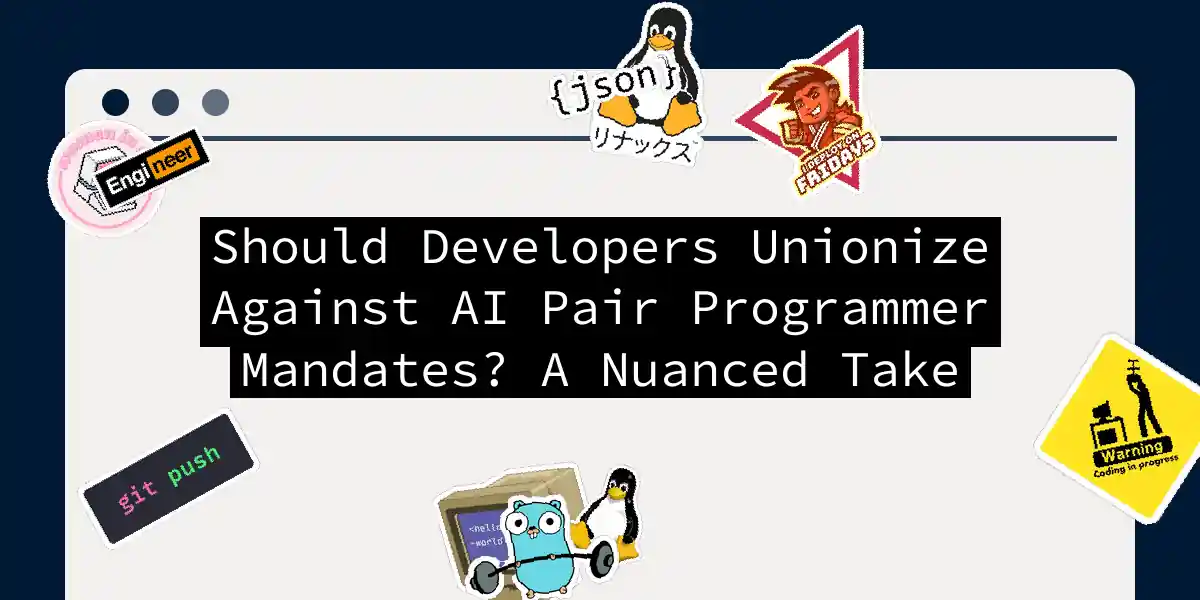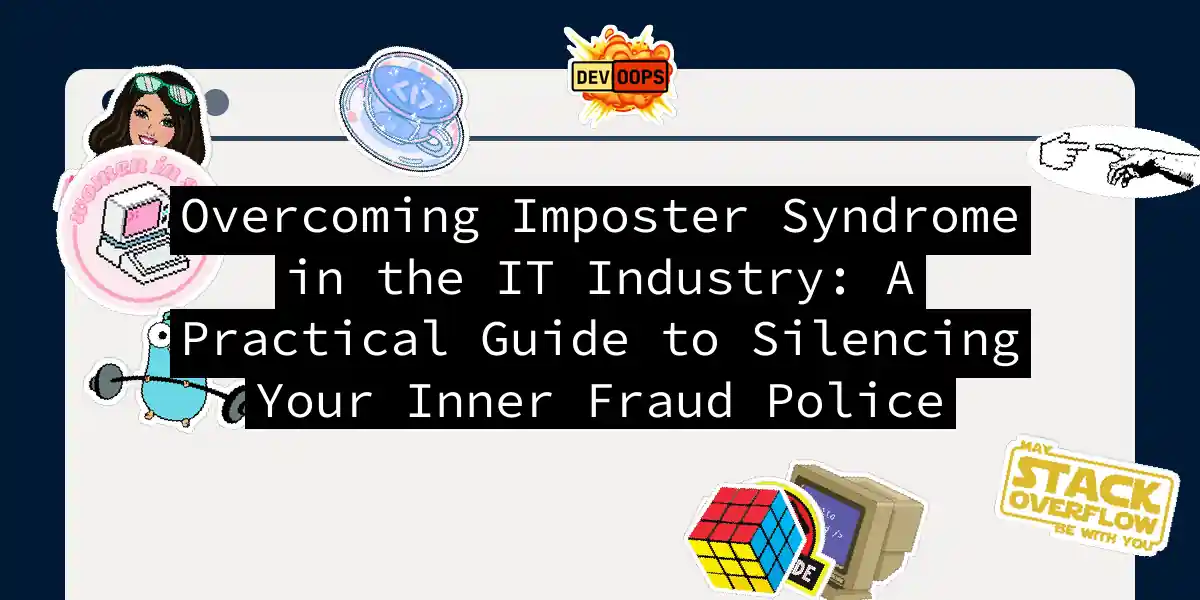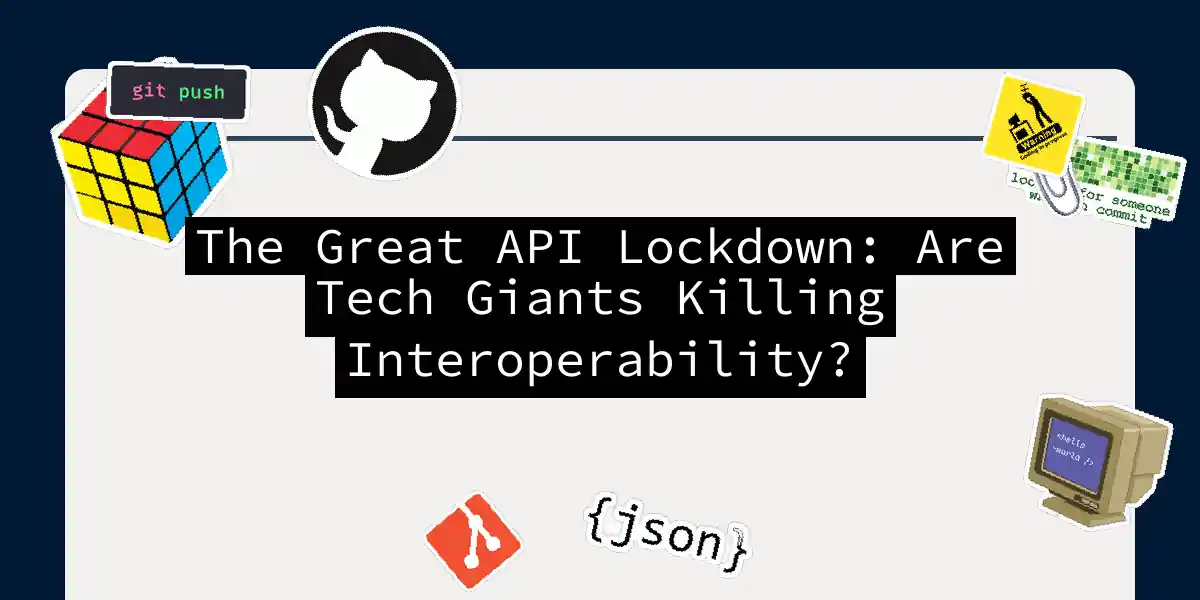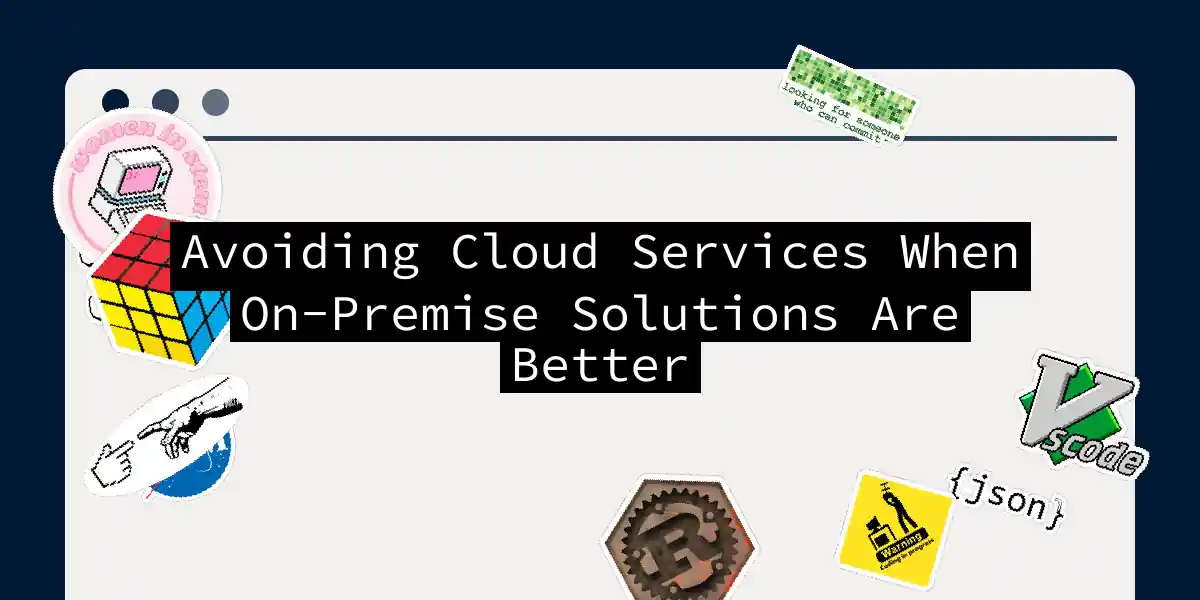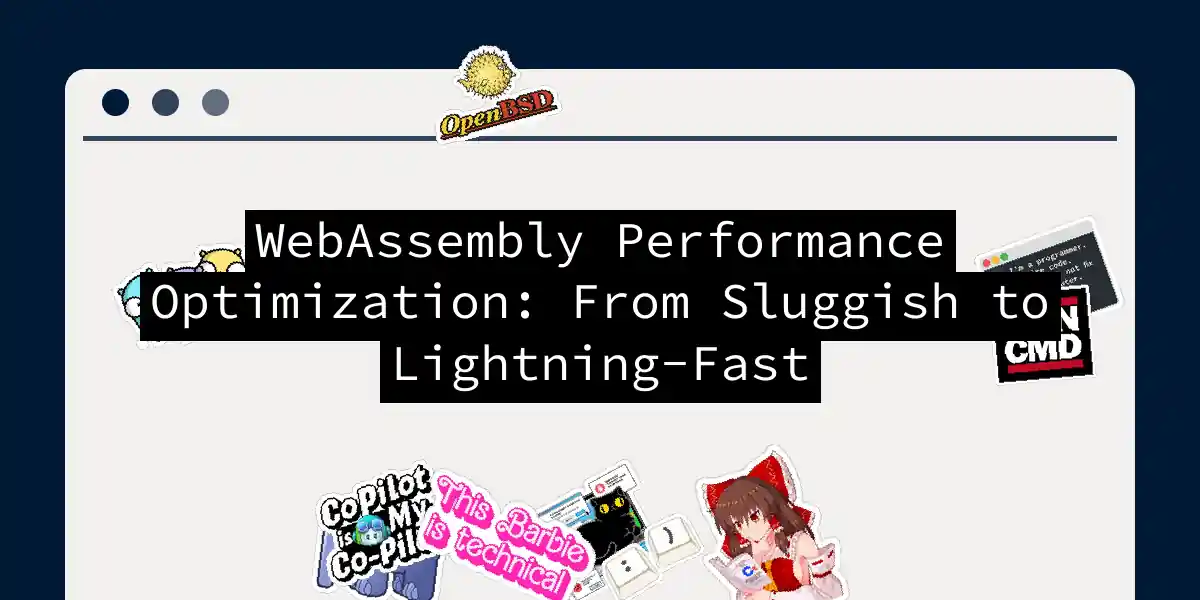
WebAssembly Performance Optimization: From Sluggish to Lightning-Fast
If you’ve ever built a WebAssembly application and watched it run slower than you expected, you’re not alone. The good news? WebAssembly has the potential to deliver near-native performance in the browser. The catch? You need to know how to unlock that potential. I’ve spent considerable time wrestling with WebAssembly performance bottlenecks, and I’m here to share what actually works. This isn’t your typical “use -O3 flags and call it a day” guide....
